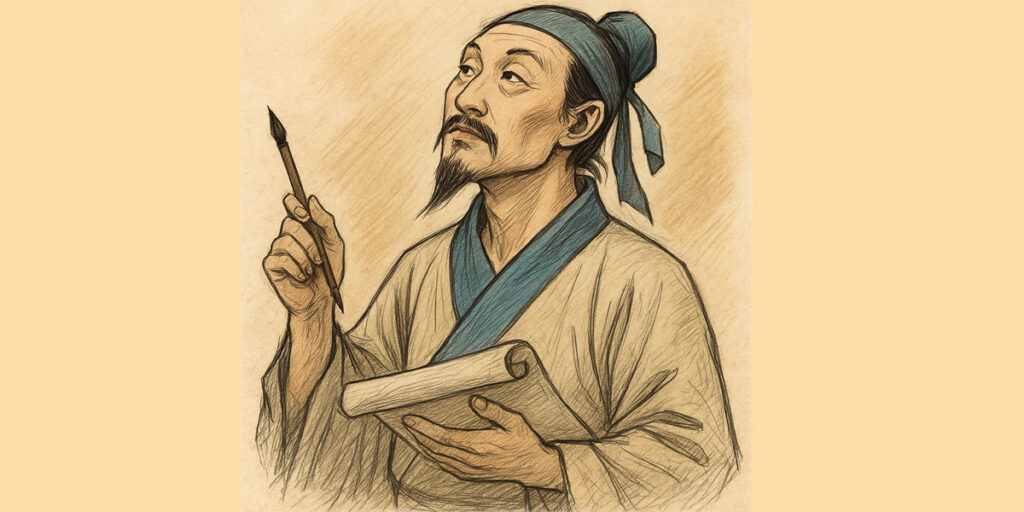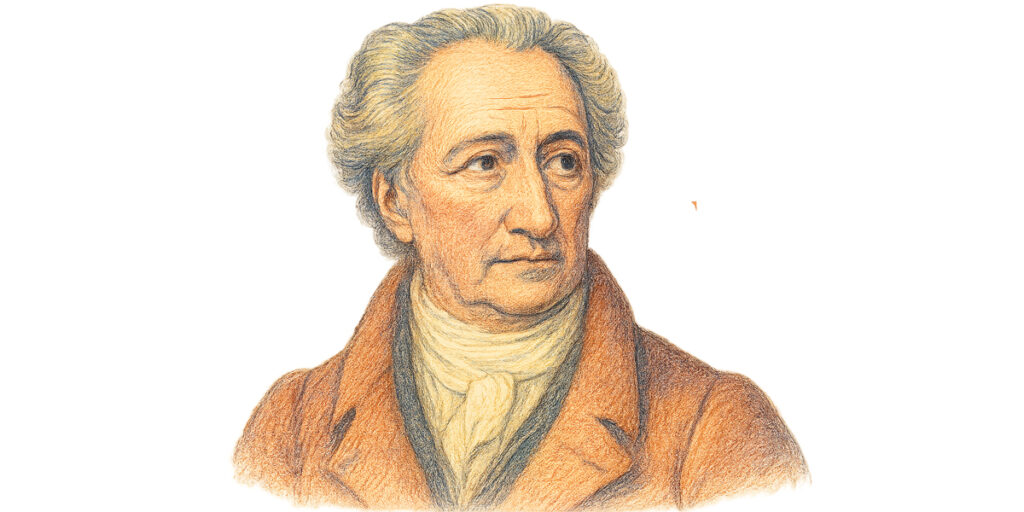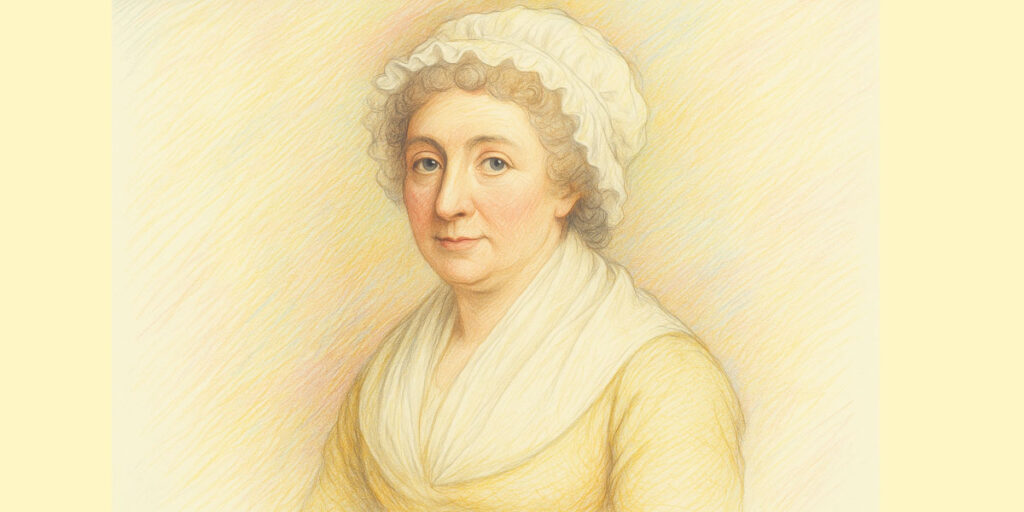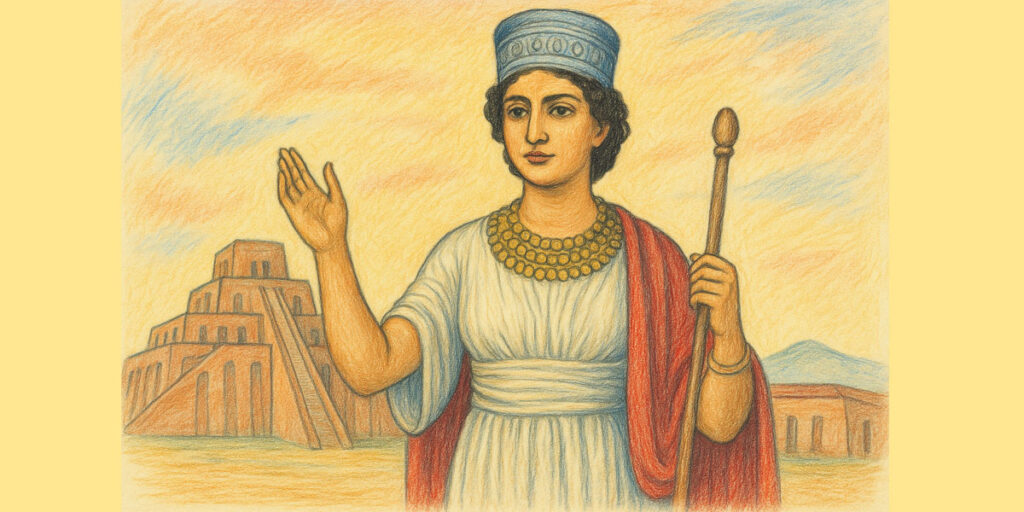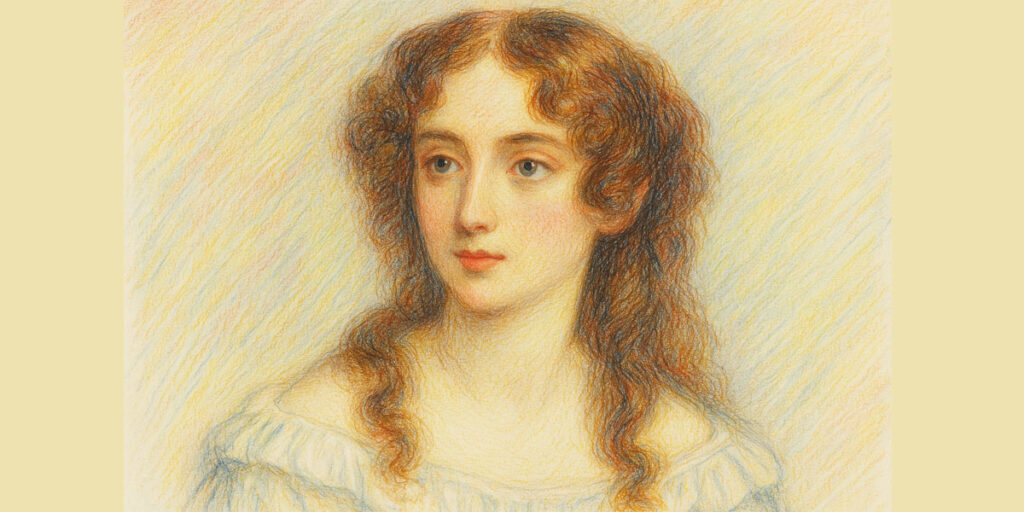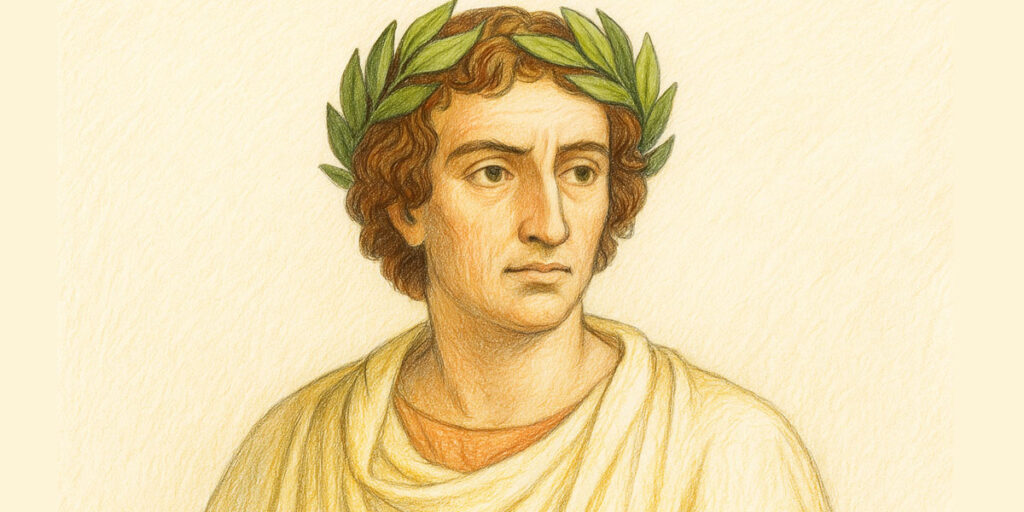The Life and Legacy of Geoffrey Chaucer – The Father of English Literature
In the shadows of plague and political upheaval, amid the clamor of medieval London, a boy named Geoffrey Chaucer was born around 1343, destined to become one of the most transformative literary figures in English history. Known widely as the “Father of English Literature,” Chaucer’s life was as layered and rich as the storytelling tapestry he would eventually weave in his magnum opus, The Canterbury Tales.
Early Life and Education
Geoffrey Chaucer was born into a middle-class family of wine merchants in London. His father, John Chaucer, worked as a vintner, and his family enjoyed moderate prosperity. Though exact records are scarce, it is believed that Chaucer received a solid education in Latin, rhetoric, and classical literature, possibly at St. Paul’s Cathedral School. His early exposure to languages and literature would become foundational to his later innovations in English verse.
As a youth, Chaucer was introduced to the workings of the court. In 1357, he became a page in the household of Elizabeth de Burgh, Countess of Ulster, the wife of Prince Lionel, son of King Edward III. This position marked the beginning of a life-long connection to the English royal court and offered him a unique view of noble customs, political dealings, and the broader spectrum of society—insights that would later color his literary works.
Captivity and Continental Experience
Chaucer’s early adulthood was shaped by war and diplomacy. In 1359, during the Hundred Years’ War, he joined the English army and marched with King Edward III’s forces into France. Captured near Reims in 1360, he was eventually ransomed by the king—a testament to Chaucer’s value and status even at this stage in his career.
Following his release, Chaucer embarked on diplomatic missions across Europe, visiting Italy, France, and Spain. His exposure to the cultural and literary brilliance of cities like Florence and Milan introduced him to the works of Dante Alighieri, Petrarch, and Giovanni Boccaccio. The influence of Boccaccio’s Decameron is especially evident in The Canterbury Tales, which adopted a similar framing structure and spirit of storytelling.
Career and Royal Patronage
Back in England, Chaucer’s career flourished. He worked in a variety of civil service roles, including Controller of Customs for the port of London, Knight of the Shire for Kent, and Clerk of the King’s Works. These positions not only offered him financial stability but also enriched his understanding of English society, from laborers and merchants to aristocrats and clergy.
He developed strong connections with powerful patrons, including John of Gaunt, the Duke of Lancaster and son of Edward III. Chaucer’s poem The Book of the Duchess is believed to be an elegy for John of Gaunt’s wife, Blanche, solidifying the bond between poet and patron.
Personal Life and Loss
Chaucer married Philippa Roet, a lady-in-waiting to the queen and sister of Katherine Swynford (who later married John of Gaunt). The couple likely had two sons and perhaps a daughter. However, Chaucer’s personal life is shrouded in as much mystery as his birth date. Philippa died before him, and Chaucer’s later years were marked by growing financial insecurity and possible political vulnerability as royal favor shifted during the turbulent final years of Richard II’s reign.
Literary Evolution and Early Works
Chaucer began writing in the 1360s and 1370s. His early works were heavily influenced by French courtly traditions and allegorical style. The Book of the Duchess (c. 1369), The House of Fame (c. 1379), and The Parliament of Fowls (c. 1382) illustrate his early poetic voice, blending dream vision, philosophical reflection, and a keen sense of humor.
Troilus and Criseyde (c. 1382–1386), arguably his first great masterpiece, demonstrated his maturation as a writer. Drawing on classical sources and Boccaccio’s tale of Filostrato, Chaucer tells a tragic love story set against the backdrop of the Trojan War. The psychological depth of Troilus and the complex character of Criseyde marked a new level of sophistication in English literature.
But Chaucer’s greatest achievement was yet to come.
The Birth of The Canterbury Tales
Begun in the late 1380s or early 1390s, The Canterbury Tales was conceived as a grand literary mosaic. The premise is deceptively simple: a diverse group of pilgrims journeying to the shrine of Thomas Becket in Canterbury agrees to tell stories along the way. But through this frame, Chaucer crafted a deeply human, vibrant, and panoramic vision of medieval society.
Each pilgrim—The Knight, The Miller, The Wife of Bath, The Pardoner, and many others—is a vividly drawn character representing a distinct social class, worldview, or moral standpoint. Their tales encompass every genre imaginable: romance, farce, sermon, beast fable, allegory, and more.
Though unfinished at his death, The Canterbury Tales spans over 17,000 lines of poetry and prose and contains more than 20 complete or partial stories. It is written in Middle English, a linguistic choice that was radical for its time. In an era when Latin and French dominated educated discourse, Chaucer elevated English into a literary language of dignity and nuance.
Major Works of Geoffrey Chaucer
Beyond The Canterbury Tales, Chaucer’s body of work includes a number of significant poems:
- The Book of the Duchess – A dream vision mourning the death of Blanche of Lancaster.
- The House of Fame – A surreal dream allegory that explores fame, rumor, and poetic inspiration.
- The Parliament of Fowls – An early Valentine’s Day poem contemplating love, choice, and nature.
- Troilus and Criseyde – A tragic romance that reflects Chaucer’s philosophical and literary depth.
- The Legend of Good Women – A proto-feminist poem recounting the stories of virtuous women betrayed by love.
- Anelida and Arcite – A lesser-known poem mixing classical and courtly traditions.
- Complaint of Mars – A short allegorical poem told from the perspective of the god Mars.
Each of these works displays his evolving mastery of narrative voice, rhetorical skill, and poetic form.
Style and Literary Contributions
Chaucer’s greatest innovation lay in his choice of language and his ability to blend the sacred with the secular, the learned with the comic, the lofty with the profane. His use of the iambic pentameter and rhyming couplets set the groundwork for the English poetic tradition followed by luminaries like Shakespeare and Milton.
He was a master of irony and satire, often using a character’s own words to undermine them. In The Pardoner’s Tale, for example, a corrupt churchman preaches against greed while confessing to his own exploitation of the faithful. Chaucer seldom moralizes directly, instead inviting readers to judge for themselves—an approach that feels strikingly modern.
Moreover, Chaucer’s range of voices—each tailored to the speaker’s class, personality, and worldview—was unprecedented. His portrait of the Wife of Bath remains one of the most complex and vividly realized female characters in all medieval literature.
Later Years and Death
In his final years, Chaucer lived in relative seclusion, residing near Westminster Abbey. He continued to work on The Canterbury Tales, though the project remained incomplete at his death in 1400.
He was buried in Westminster Abbey, a rare honor for someone of non-noble birth. His tomb, later elaborated by admirers, became the cornerstone of what would come to be known as Poets’ Corner—a hallowed ground for England’s literary giants.
Legacy and Influence
Geoffrey Chaucer transformed English literature. He proved that English—often dismissed as coarse and unworthy—could carry philosophical depth, spiritual longing, and comedic brilliance. He introduced new genres, pioneered character-driven narrative, and bridged the classical and the contemporary.
His works survived the ravages of time thanks to devoted scribes and early printers like William Caxton, who recognized Chaucer’s importance and ensured the dissemination of his tales. Over centuries, Chaucer’s reputation has grown steadily, influencing generations of poets, novelists, and playwrights.
Even today, The Canterbury Tales remains a staple of English literature curricula around the world. Modern readers are drawn not only to its historical richness but to its timeless exploration of human behavior: greed and generosity, love and betrayal, faith and folly.
Geoffrey Chaucer lived in a time of war, plague, and upheaval, yet he chose to write of laughter, longing, hypocrisy, and heroism. His words elevated English letters and captured the cacophony of life in 14th-century England. Through his brilliant portrayals, Chaucer offered not just entertainment but insight—into individuals and institutions, into the frailty and strength of the human spirit.
He did not complete all his intended tales. Yet what he left behind was far more than a collection of stories. He left a living conversation, where readers become pilgrims themselves, drawn into a timeless journey of wit, wisdom, and wonder.
Among Chaucer’s many contributions to literature, his major works represent a remarkable journey through diverse genres, themes, and poetic experiments. One of his earliest significant poems is The Book of the Duchess, written around 1369, believed to be a heartfelt elegy mourning the death of Blanche of Lancaster, the wife of John of Gaunt. The poem unfolds in the dream vision tradition, where the narrator, troubled by sleeplessness, falls asleep and converses with a grieving knight. It reflects Chaucer’s early stylistic influences from French poets and marks his first known work.
Following this, Chaucer composed The House of Fame, a dream allegory written around 1379–1380. In this poem, the narrator, also named Geoffrey, is carried by an eagle to the celestial House of Fame, where he witnesses the chaotic and unreliable process by which fame is granted or denied. Though unfinished, the poem is celebrated for its playful meditation on authorship, truth, and the literary tradition.
Around 1382, Chaucer wrote The Parliament of Fowls, another dream vision, where birds gather on Valentine’s Day to choose their mates, symbolizing different aspects of human love and decision-making. The poem is laced with philosophical debate and comic undertones, and it reflects Chaucer’s interest in classical authors like Cicero, whom he directly references in the opening lines.
Perhaps his most ambitious pre-Canterbury work is Troilus and Criseyde, written between 1382 and 1386. This long narrative poem tells the tragic love story of Troilus, a Trojan prince, and Criseyde, a widow caught between loyalty and circumstance. Chaucer’s rendition, based in part on Boccaccio’s Filostrato, stands out for its deep psychological insight, emotional nuance, and the narrator’s ironic presence. It remains one of his most sophisticated and influential compositions, showcasing his mastery of rhetoric and his innovative use of the English language in iambic pentameter.
He then embarked on The Legend of Good Women, a somewhat satirical poem featuring a prologue where the god of Love chastises Chaucer for writing unflattering portrayals of women. To redeem himself, Chaucer tells the stories of faithful women from history and mythology, such as Cleopatra, Thisbe, Dido, and others, who suffer due to love. Though incomplete, the poem offers a fascinating glimpse into medieval attitudes toward gender and narrative duty.
Among his shorter works is Anelida and Arcite, a hybrid poem combining a stately introduction with a lamenting female voice that shifts into a formal complaint. Though less polished than his other writings, it demonstrates his experimentation with blending classical form with contemporary themes.
Chaucer also authored The Complaint of Mars, a brief allegorical poem that explores the sorrow of the god Mars upon losing his beloved Venus. Likely written as a courtly entertainment, it reflects his continued interest in classical mythology and love allegories.
His most enduring and celebrated work, The Canterbury Tales, is a monumental compilation of stories told by pilgrims traveling from London to Canterbury. Started in the late 1380s and left unfinished at his death, it is a vast panorama of medieval life and thought. Each tale is crafted in a distinct voice to reflect the personality and social status of its teller—from the noble Knight’s chivalric romance to the Miller’s bawdy fabliau, from the Pardoner’s hypocritical sermon to the Wife of Bath’s proto-feminist monologue. Through this masterwork, Chaucer not only provided a groundbreaking work of English literature but also created a living document of the complexities, contradictions, and shared humanity of his time.
These works together form the rich and varied legacy of Geoffrey Chaucer—a man whose literary imagination continues to shape and inspire English literature to this day.
The Book of the Duchess
In dream he walked where grief lay deep,
A widowed knight, no more to sleep.
For Blanche, the fair, now gone from light,
He mourns through pages, black and white.
A courtly sorrow, finely penned,
Where death and dream in sorrow blend.
The House of Fame
An eagle soared to stars on high,
Where rumors echo, truth may lie.
A hall where fame and folly shout,
And whispering winds cast stories out.
Here Chaucer muses, sharp and sly,
On poets’ fates and reason why.
The Parliament of Fowls
When birds convened on lovers’ day,
They chirped of choice in bright array.
Philosophers in feathers dressed,
On nature’s matters they did jest.
A dream of wit, both wise and light,
Where reason courts with love in flight.
Troilus and Criseyde
In Ilium’s walls where fate is spun,
Troilus loved, then was undone.
Criseyde, with beauty crowned and torn,
By war and whispers was forlorn.
A tale of loss, of time and tears,
Told through the lens of hope and fears.
The Legend of Good Women
“Redeem thy pen,” the god did call,
“For heroines who braved love’s fall.”
So Dido weeps, and Thisbe dies,
While Cleopatra greets the skies.
Their faithful hearts in verse are crowned,
Though many tales remain unbound.
Anelida and Arcite
A queen betrayed, her sorrow bare,
In plaintive tones fills love’s despair.
Arcite, false knight, has gone astray—
And Anelida wastes away.
A blend of epic courtly style,
With aching heart and tearful trial.
Complaint of Mars
Mars mourns beneath a quiet sky,
As Venus fades and love says goodbye.
Though god of war, he bleeds inside,
For even deities are denied.
A cosmic song of loss and fire,
Where stars lament unquenched desire.
The Canterbury Tales
On pilgrims’ road to Becket’s shrine,
Each voice unique, each tale divine.
The knight speaks truth, the miller mocks,
The pardoner’s greed, the nun’s paradox.
A world unfolds in rhyming song—
Of right and wrong, of weak and strong.
Though unfinished, the work is whole—
A mirror of the human soul.

